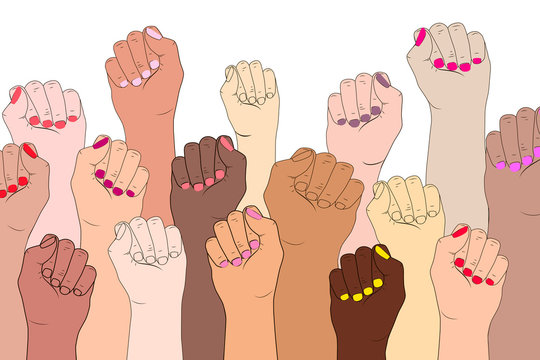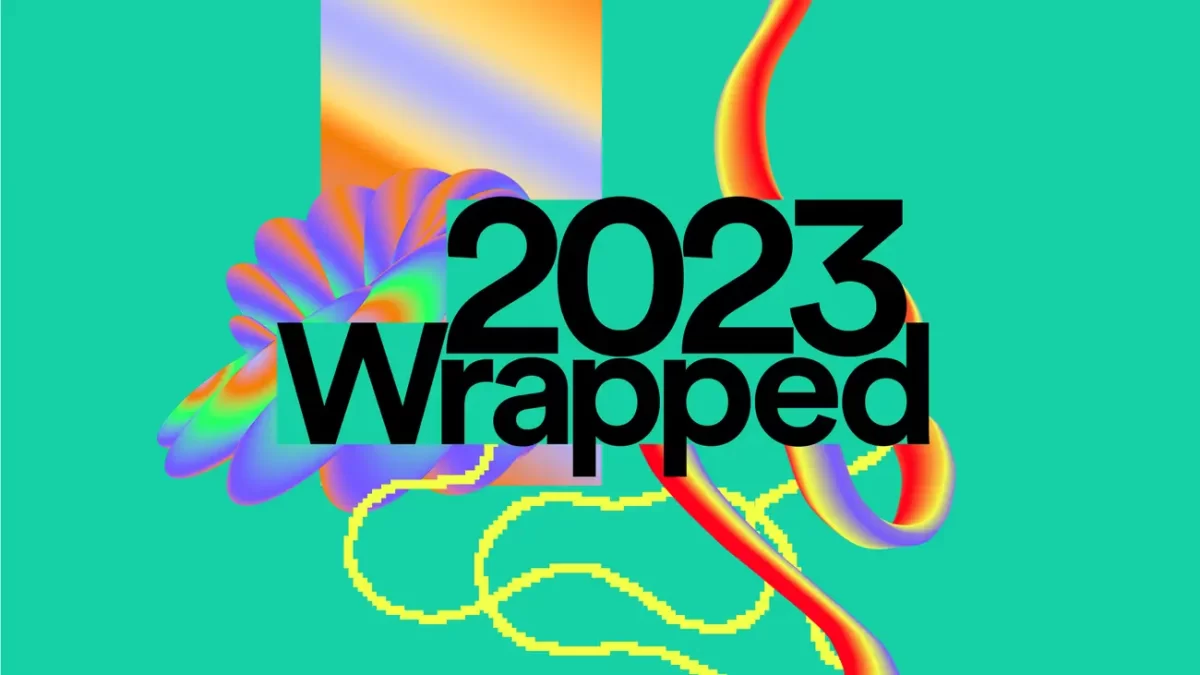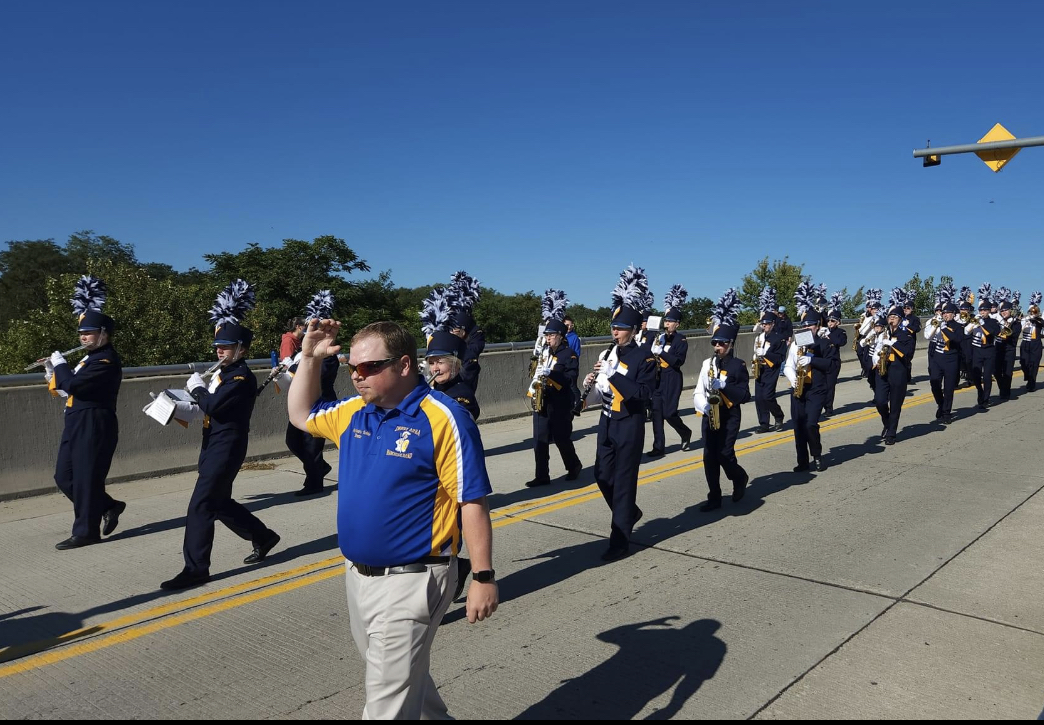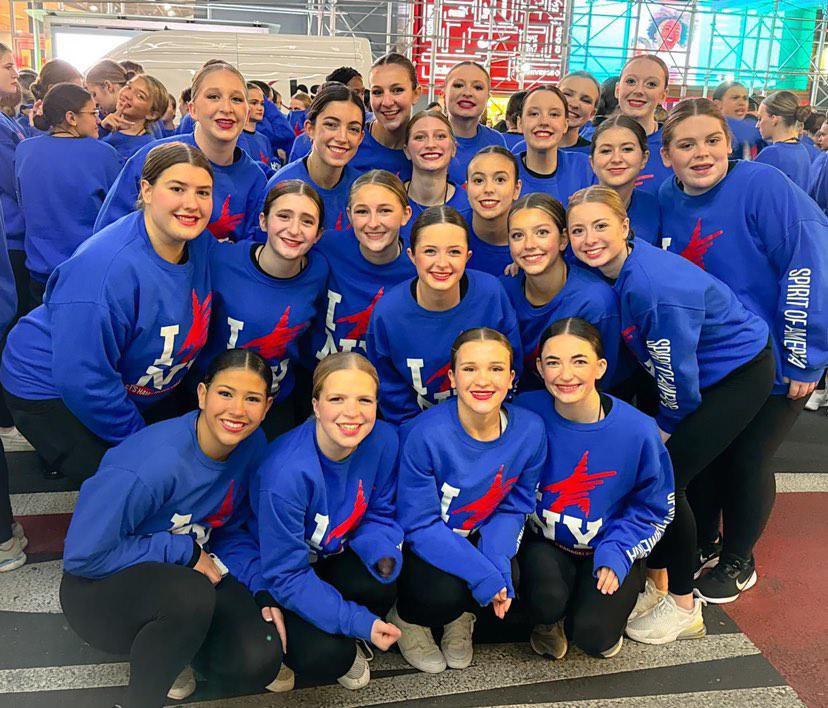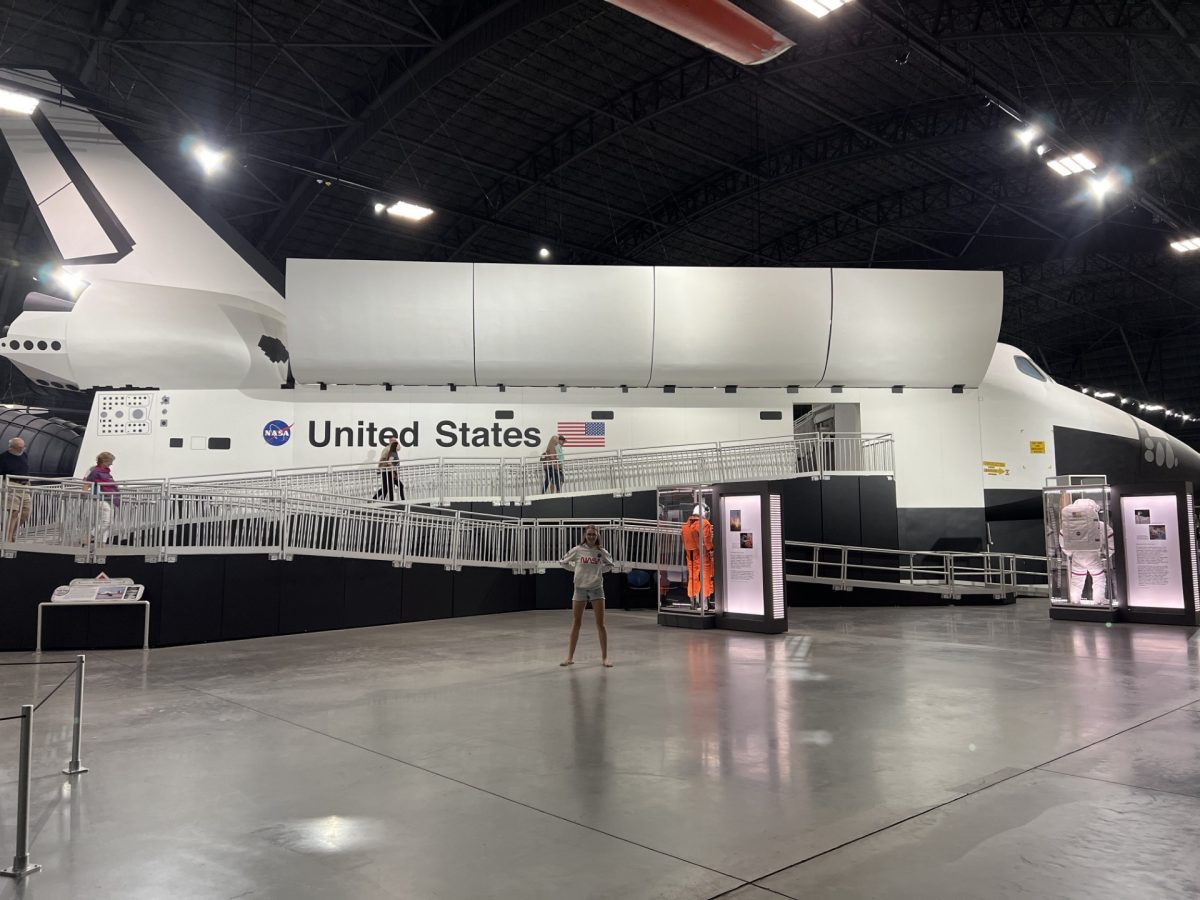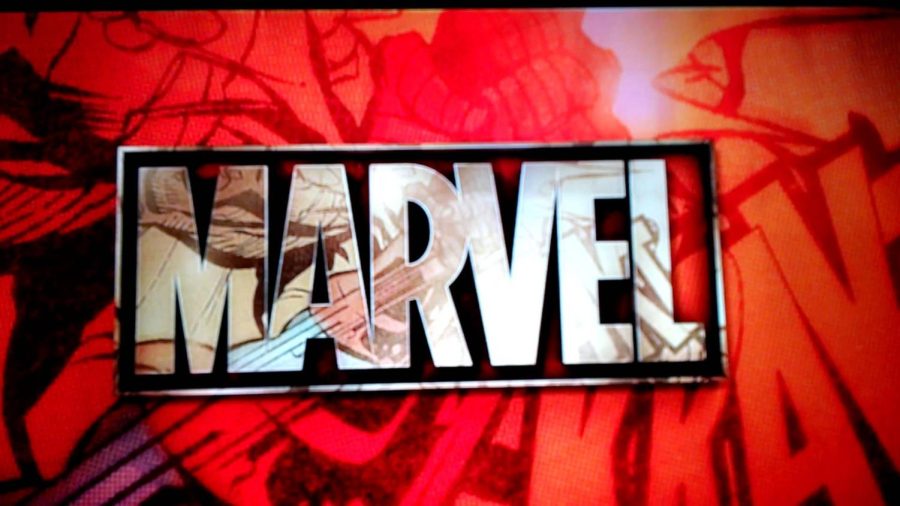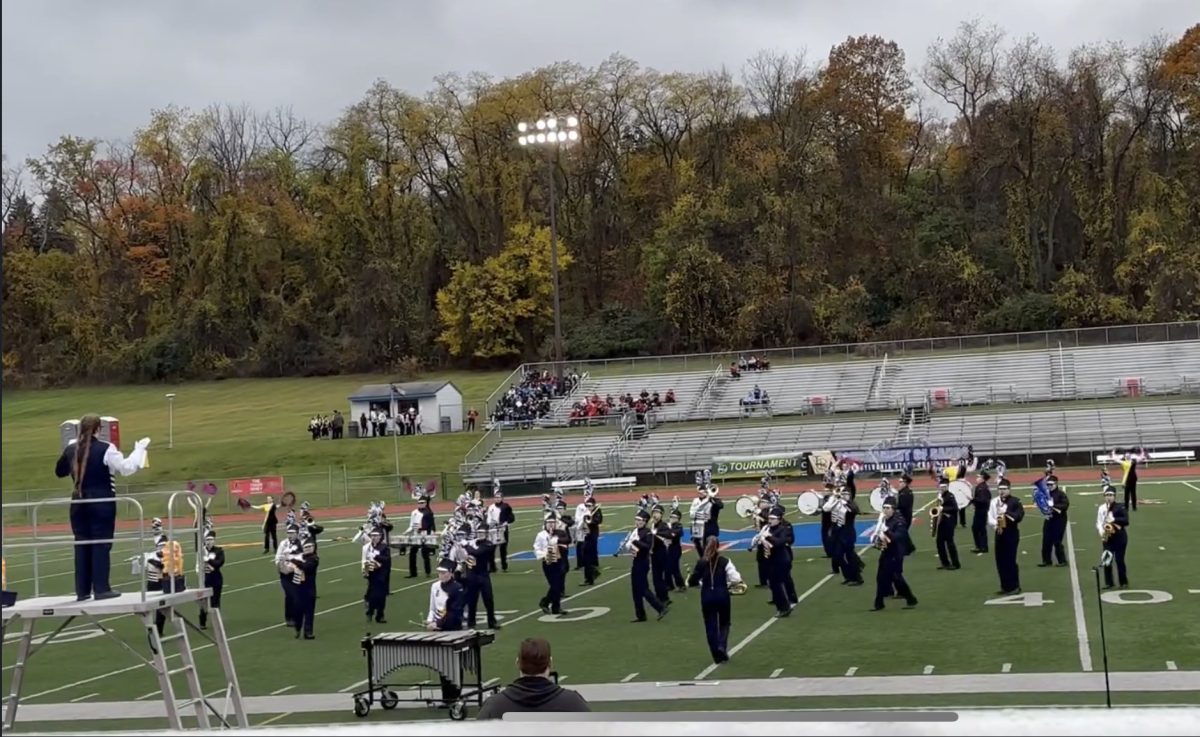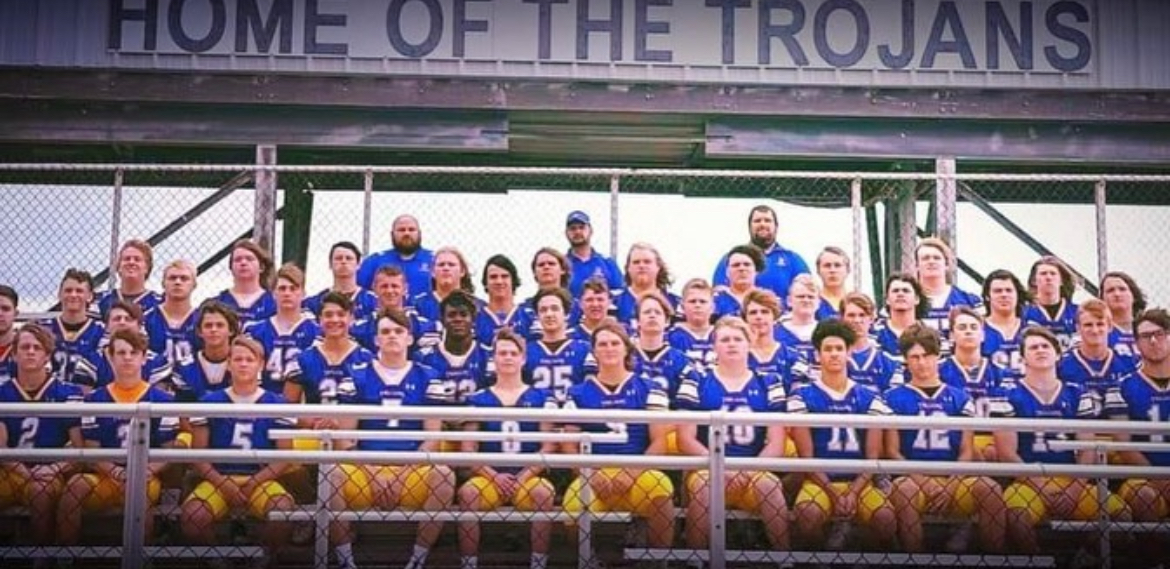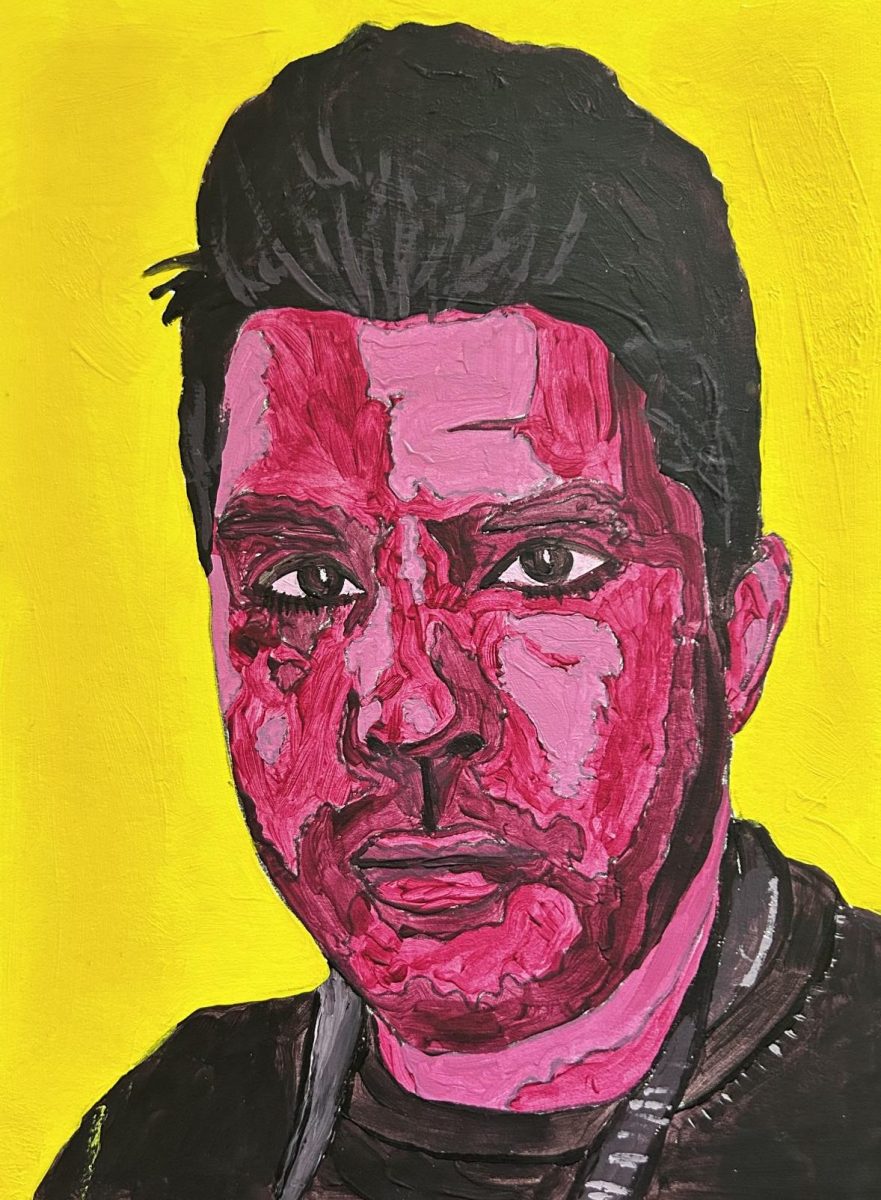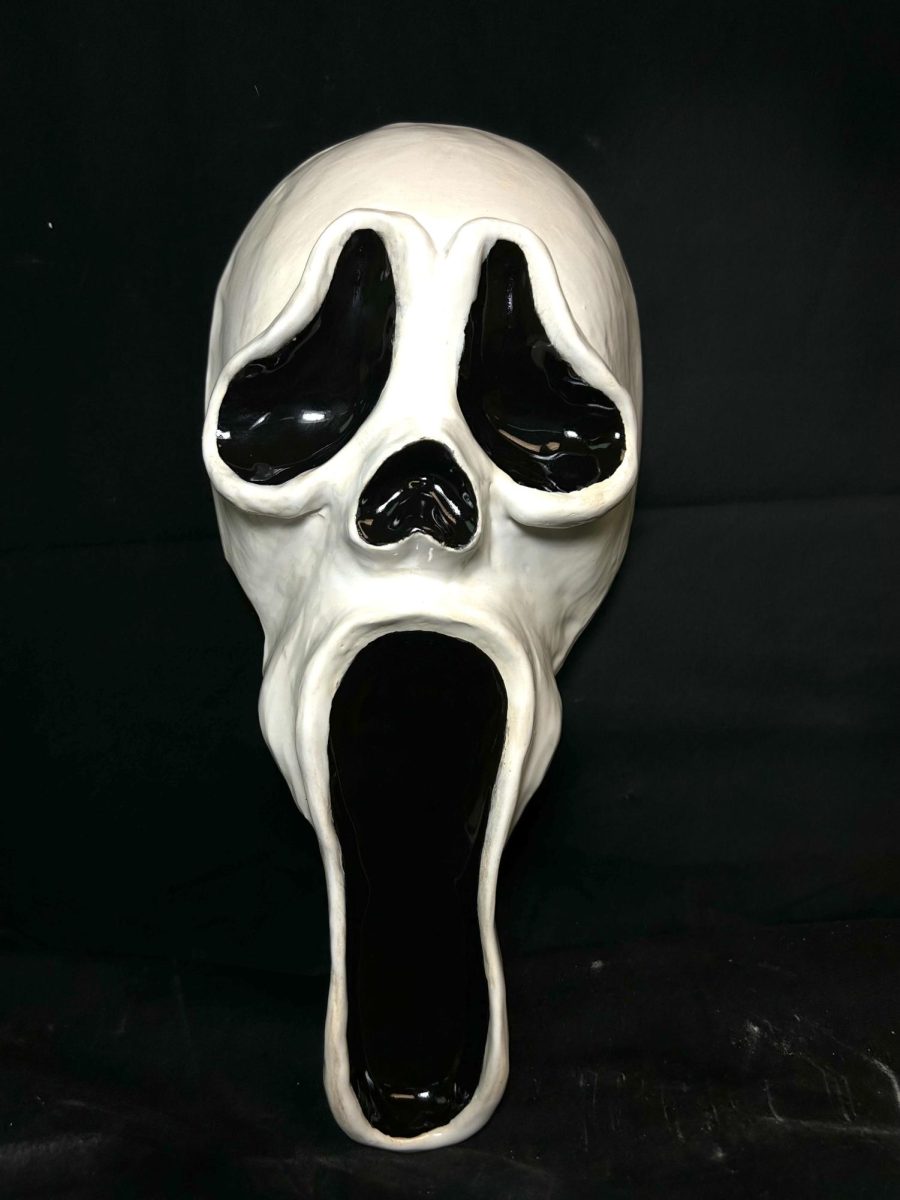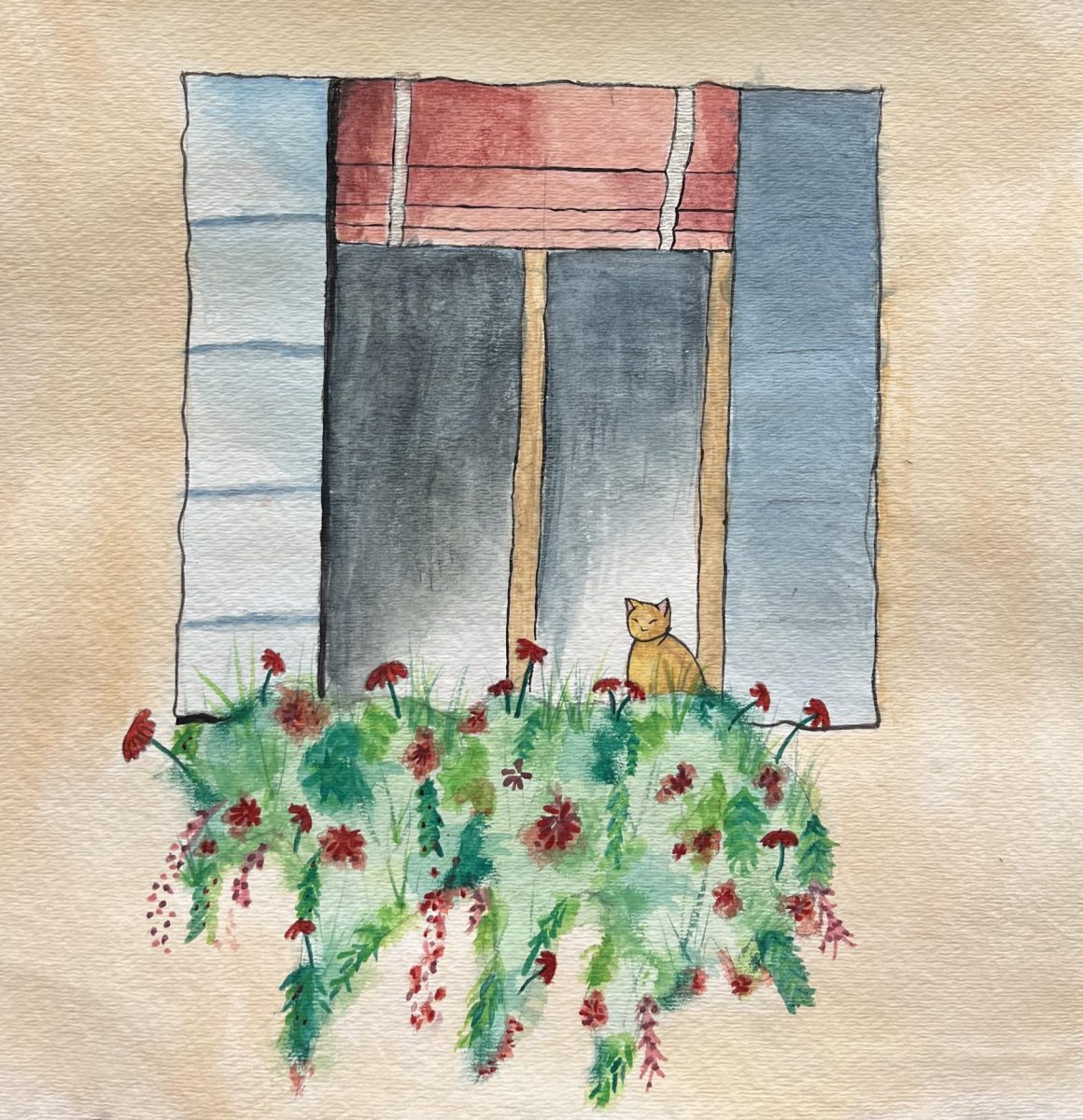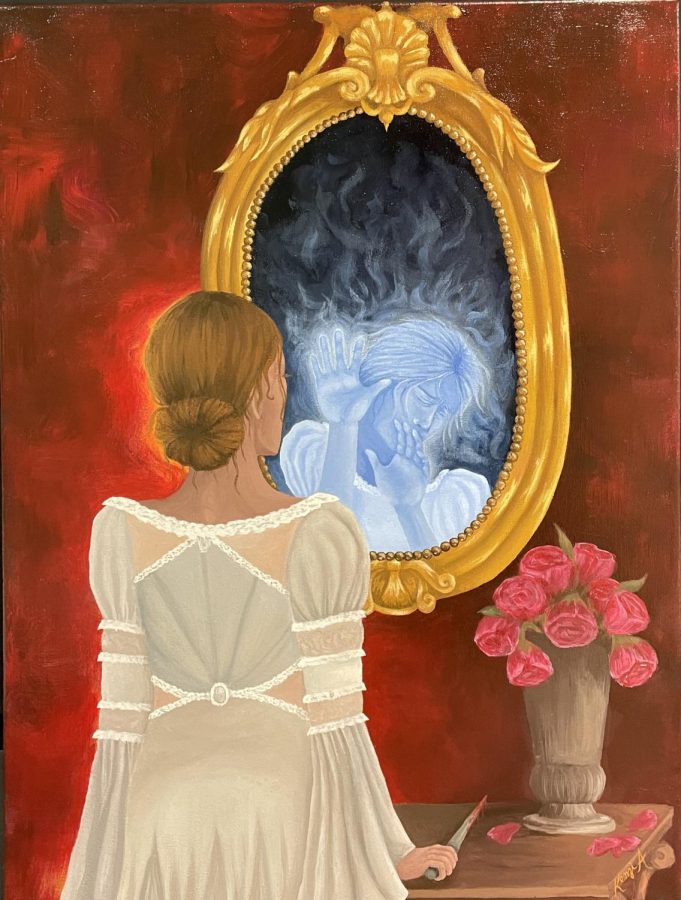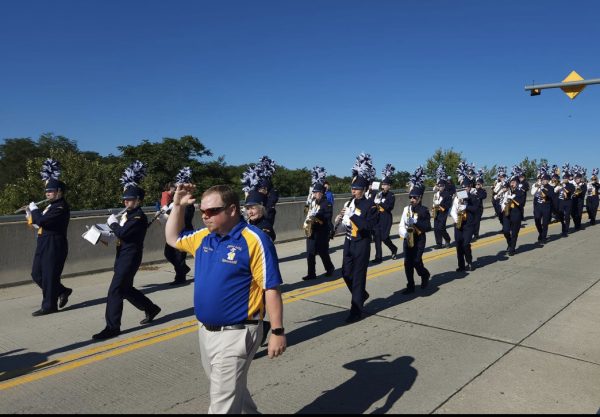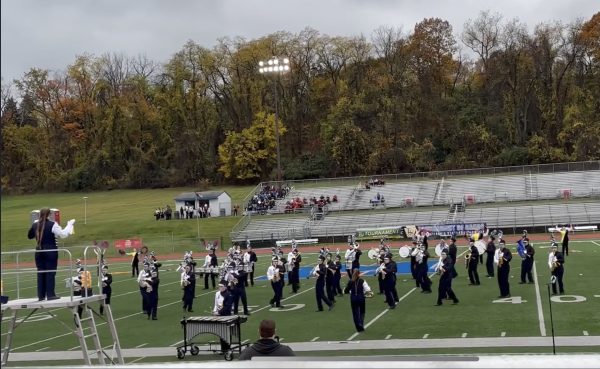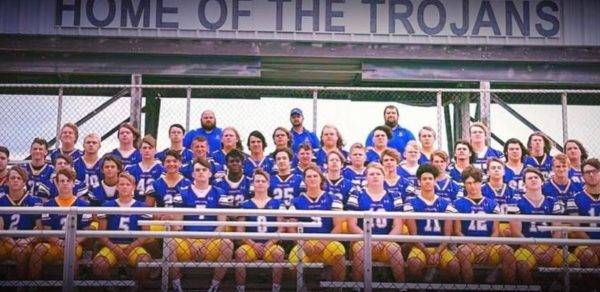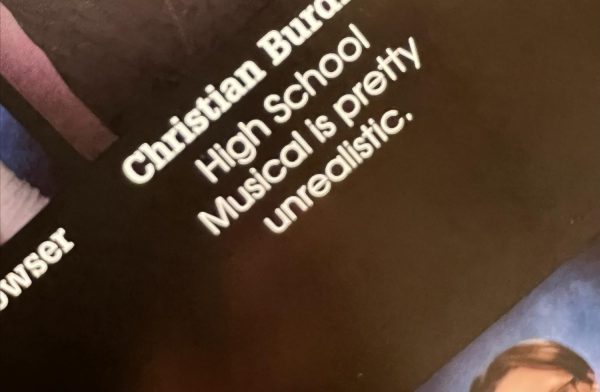State of the Union: 2022 MLB
The MLB is in possibly the most important year in many years, and it can make or break their future.

Source: AS USA
Major League Baseball is in the midst of a landmark year in many ways. A brand new lockout has commenced and the culmination of years of disputes between players and owners have come to the front, all while the MLB Hall of Fame is having possibly its most important year on how they dictate who makes it in or not. With all of this happening simultaneously, here’s a rundown of the situation at hand:
The Lockout
The roots of this lockout have been forming for many years, but the flash-point was the 2020 season.
While Motorsports and leagues like the NBA and NHL had a set plan on how and when to return, owners and players went at each other for months on end, battling over the schedule length and salary. After months of little progress being made, they settled on a 6o game season with many minor and major rule changes, all while cutting hundreds of farm league players and reducing salaries, and neither side were happy with the compromise.
Ratings for the 2020 season tanked, and it showed how much of a chasm there was between the player’s wants and the owner’s. This came to a head on December 1, 2021 as no Collective Bargaining Agreement (CBA) had been made, and the lockout has officially begun. The biggest problem is spending and collusion, as many teams have come together in free agency to collectively pay players less then they’re worth so all teams don’t have to spend as much. That is all while team’s payroll vary drastically as the highest pay-rolled team, The LA Dodgers, spend just 4,8 million less then the bottom 5 teams combined. 12 teams spend over $150 million while another 12 spend under $100 million. Teams aren’t willing to invest in their teams and it’s driven away many fans from big markets, Pittsburgh being a key example. This is all while teams manipulate a player’s service time to keep players from Free agency at all, as a player needs to have 6 years of 172 days of service for them to be eligible, but teams exploit that by making players inactive for enough days that they are below the threshold. There have also been debates over the Minor leagues and how many teams there should be and the salaries of them. These are all issues present for many years and so far no progress has been made whatsoever between the player’s union and owners, and if they’re not careful we could see a repeat of the 2004-2005 NHL season, where they didn’t play at all.
The MLB does not know what to do in their current form, and they don’t know how to honor their past players, either.
The Hall of Fame
This is possibly the most important year for the Hall of Fame ballot in MLB history, as it will show how the Steroid Era players will be treated.
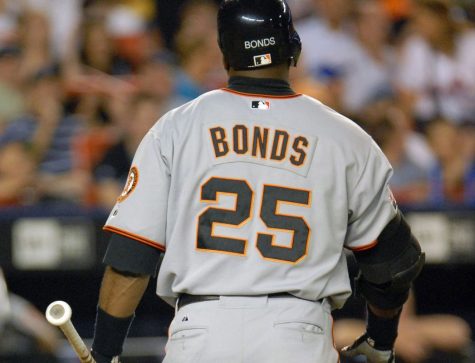
The biggest example is Barry Bonds, the all-time leader in Home Runs. He has 7 Most Valuable Player Awards, 8 Golden Gloves (meaning best defender at your position), and a bunch of other accolades that makes him possibly the greatest baseball player of all-time. However, he was caught with taking steroids, and that obviously hinders his case by a lot despite the rules not being enforced like they are now, but even before he starting Steroids on the Giants he already won 2 MVP’s in Pittsburgh, and on top of that nobody was doing what Bonds did in his era. He is in the final year of eligibility for the Hall of Fame, and there’s a very good chance he won’t get in.
Roger Clemens is the Pitcher equivalent to Barry Bonds as he was a 7x Cy Young Winner (Best pitcher award), plus an MVP and Champion. He has the 3rd most wins by a pitcher Since the Live Ball Era (1920) and, like Bonds, is in the last year of eligibility for the Hall because of steroids. It will be a case of either both make it in or neither will.
There’s also David Ortiz and Sammy Sosa, both surefire Hall of Fame level talents, but they had allegations for steroids – but nothing was confirmed like Clemens or Bonds. Sosa is in his final year of eligibility while Ortiz is in his first, but it’s looking like Sosa isn’t going to make it in due to being far less liked in the baseball world than Ortiz.
That is a similar story with Jeff Kent, who is in his 9th year of eligibility and both were MVP’s with very good longevity and elite hitting. Kent had no allegations of steroids, but he was very disliked by players and that could have an effect on the ballot.
Finally, there’s Alex Rodriguez, who is possibly the most famous player of the last 30 years, someone who was possibly the greatest player at his position like Clemens and Bonds but unlike them he got caught for steroids after the guidelines had been set and served over a 180 game suspension. He was also the most hated player in baseball but his reputation has changed over the last few years and he is pretty likely to get in, once again showing the extreme inconsistency of the Hall of Fame voters and losing baseball even more credibility.
The Verdict
Baseball was once America’s pastime, but that time is far past and all that’s left is endless disputes on salaries, free agency, and how their history should be remembered. Pro baseball is self-destructing, and this year is a testament to many of the things that drove away baseball fans over the last few decades.
Whether you don’t follow baseball at all or are a die-hard fan, it’s easy to see the dire state baseball is currently in.

Brandon is a Junior Staff writer. He is a newcomer to the school, and his passions are sports, music, and writing, and his hobbies are hunting and hiking....





